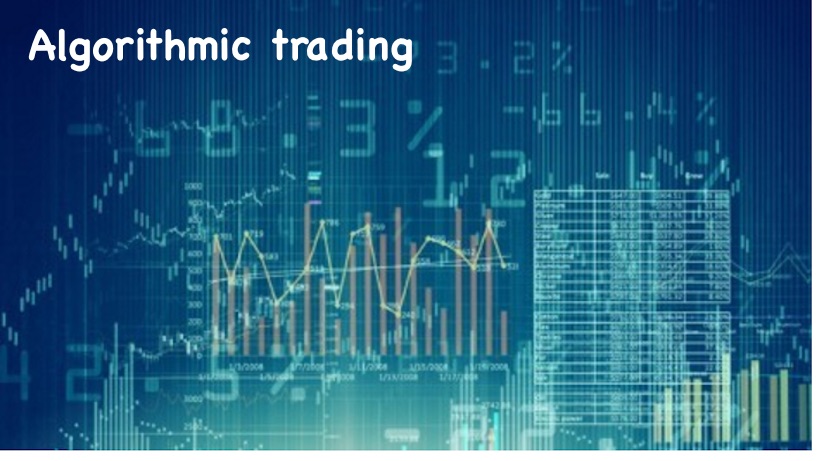The financial sectors keep on changing and evolving. And the latest development in technology is only accelerating the change. One of the developments is algo or automated trading. Many algorithmic trading platforms enable investors to automate their trading activities.
If you’re starting and are already amazed by the level of automation, you should know that auto-trading wasn’t always the same. It evolved to the point where it is now. This article explains how algorithmic trading has evolved.
ECN and the Birth of Algo Trading
You can trace back the origins of algorithmic trading to when ECN or Electronic Communications Networks became a thing. This was around the 1990s when the SEC passed the Regulation Alternative Trading Systems (Reg. ATS), which resulted in many electronic trading platforms other than those adopted by NYSE and NASDAQ. Before this, NASDAQ and NYSE had a duopoly on the electronic trading market.
Introduction of Reg. ATS resulted in more trading firms investing in ECNs, which increased the trading volume by manifold. To manage the investments and gain an advantage over the competitors in terms of speed and accuracy, the companies adopted algorithmic trading.
The early versions of the algorithmic trading platform focused on mimicking a trader’s executing their orders rather than making decisions independently. A lot of the things were still manual and a long way from true automation.
But that’s basically how algo trading started.
Qualitative Analysis
The next phase of algo trading platforms focused on qualitative analysis. They leverage real-time market data, which also underwent a growth phase during the same time. Companies used the data from the order book to create models based on their assertion. These models were then tested in real life to challenge their assertions about the market. The discrepancies helped in modifying and perfecting the assumptions brokers had about the market.
Qualitative analysis is different from quantitative analysis. The former is more foundational in nature and non-quantifiable. Investors like Warren Buffet still invest in stock using qualitative analysis. Even though they’re considered old-fashioned, such research can serve as a Northstar when making trading decisions, generally, in the longer time frame.
High-frequency and Quantitative Trading
The investors of today, especially day traders, will find little to no value in qualitative analysis. Also, such analysis will not be fruitful for high volatile markets. This is why software developers modified their respective trading platforms and made way for high-frequency and quantitative trading analysis.
High-frequency trading is the most common application of algorithmic trading of the modern era. Such trading boils down to milliseconds. When fully automated, high-frequency trading platforms place and cancel a large number of small orders and explore the right trading opportunities at the right price. It’s not uncommon for systems to analyze tens of thousands of metrics at once.
High-frequency trading exists because stock exchanges incentivize companies to add liquidity to the exchange. To grab the maximum incentive, companies follow suit. Today, millions of transactions are executed in seconds. That’s when the concept of qualitative trading starts to weaken. To compete in such a volatile environment, traders need to test their hypothesis with backtesting continuously.
Some traders want to drill down to the very minute details of a company. They analyze how changes to these numbers change the trading dynamics. This is quantitative analysis, and the people behind it are called “quants”. They are usually more of a statistician than an investor who relies purely on mathematical modeling for trading.
The algorithmic trading platform of today caters to both high-frequency traders and quants.
Future of Algorithmic Trading
With the platforms evolving from mere mimic machines to influential millisecond-level traders, you must be wondering what’s next for them. Several companies are working on integrating Machine Learning and Artificial Intelligence into their platforms. This is because the most important thing in trading is speed. Speed to analyze, speed to enter, and exit the market determine the real winner.
So the next generation’s trading platforms will be designed to gauge market sentiments at a greater depth. Based on the learnings, they should get in and out of a trade without much input from a human trader.
If you haven’t realized it yet, sophisticated, fully automated algorithms already dominate much of the tech. From your Google searches to Facebook feed, it’s the algorithms behind the scene that determine what you’re about to see. It’s just a matter of time that you’ll have such a level of automation in trading.
When choosing an algorithmic trading platform to automate your trade, you must check for data and backtesting capability. These are the foundation for any trading platform in this day and age. Last but not the least, you should keep pace with the evolving landscape and so should be the trading platform of your choice.

